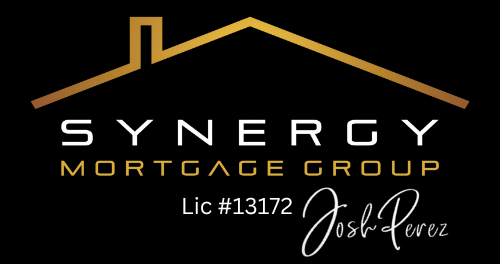Beyond the Transaction: How Mortgage Professionals Can Help Investors Build Wealth
As mortgage brokers and bank reps, we are in a unique position to help Canadians with some of the most significant financial decisions of their lives—becoming homeowners, buying their dream homes, or investing in real estate. Each mortgage we help secure represents more than just a transaction; it’s an opportunity to provide guidance, insight, and a pathway to financial security.
For real estate investors, in particular, every rental property and the mortgage associated with it play a crucial role in determining their ability to scale their portfolio and build long-term wealth. Unfortunately, far too often, I see investors who have received poor advice—or no advice at all—from their mortgage representatives. Many brokers and bank reps simply quote a rate and a maximum approval amount without taking the time to understand the investor’s goals or provide strategic guidance. This is the bare minimum of service, and quite frankly, it’s not enough.
The Role of a Mortgage Professional in Wealth Building
I strongly believe that mortgage professionals need to take more pride in the advice and expertise they offer to investors. Now more than ever, we need to be intentional about helping our clients not just secure financing, but use it as a tool to accelerate their wealth-building journey. It’s not just about processing transactions—it’s about providing strategic direction and financial education that empowers investors to make informed decisions.
Investors should be working with mortgage professionals who not only understand financing but also have real estate investment experience themselves. A mortgage advisor who can put on an investor’s hat and truly grasp their wealth-building objectives can make all the difference.
The Key Concepts Every Investor Needs to Understand
Even if investing isn’t an option for a client right now, it’s still critical that they learn the fundamentals of real estate investing.
Every conversation with an investor should include discussions on:
- Leverage: Understanding how to use borrowed capital to maximize returns.
- Cash Flow: Ensuring the property generates enough income to cover expenses and provide a profit.
- Principal Paydown: Recognizing how each mortgage payment contributes to building equity.
- Forced Appreciation: Learning how strategic renovations and property improvements can increase a property’s value.
- Exit Strategies: Knowing when and how to sell or refinance to optimize financial gains.
This is the kind of education and advice that can set investors up for long-term success, yet too many mortgage professionals fail to provide it.
Choosing the Right Mortgage Community and Brokerage
To truly support investors, mortgage professionals need to be part of a community and brokerage that prioritizes investment knowledge and client education. Working within a network of like-minded professionals allows brokers to attract more investor clients and build relationships with real estate professionals who can open up new opportunities.
If you’re a mortgage professional, I challenge you to go beyond just processing loans—become a trusted advisor who helps investors build wealth through real estate. If you’re an investor, seek out mortgage experts who understand your vision and can help you achieve your financial goals.
It’s time to stop treating mortgages as mere transactions and start using them as powerful tools for financial growth. Let’s elevate the mortgage industry and, more importantly, help Canadians create lasting wealth through real estate investing.
"Stop just processing your investors' mortgage transactions, and start being intentional about helping them build wealth through real estate."





